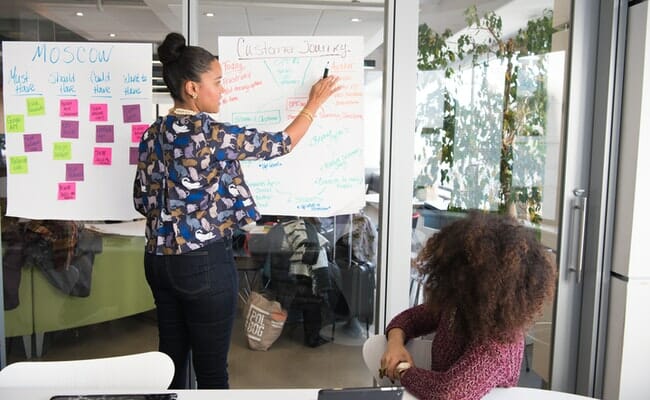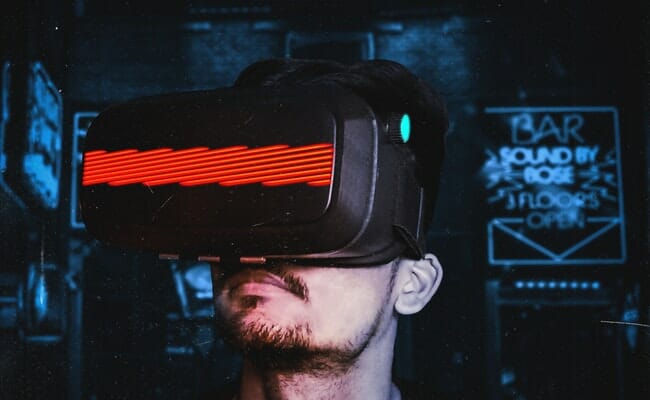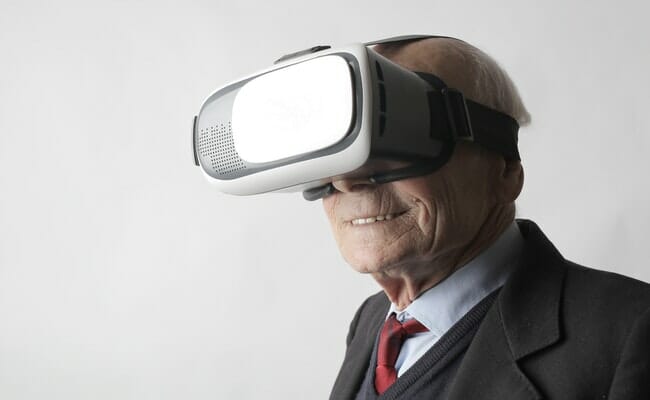Level Up Your Business Productivity with Gamification
A new way of boosting company productivity is becoming more widespread across the business world. It can facilitate employee onboarding and encourage engagement to pursue company goals better. You can apply these benefits and more to your business with gamification.
It applies game mechanics to business tasks to make them more appealing to workers. This quirky strategy is a vital factor in the productivity of eCommerce giant Amazon, and other firms are following its example. Similarly, you could use gamification to improve your company.
Let us begin by talking about the definition of gamification and how it works. Then, we will go through the benefits of a gamification strategy and real-life examples of the concept in action. More importantly, we will elaborate on how you can improve your business with game elements.
Overview of gamification

The term “gamification” came from a British-born game designer named Nick Pelling. He coined this concept while developing a game-like user interface for vending machines and ATMs.
According to Pelling, “Gamification is about taking something that is not a game and applying game mechanics to increase user engagement, happiness, and loyalty.”
If you think this definition is vague, other people share a similar sentiment. For example, you might be wondering how you will apply game mechanics to your company.
Does a gamification strategy function as a behavioral design or user experience? The confusion prompted the business solution firm, Gartner, to provide a precise definition:
It is “the use of game mechanics and experience design to digitally engage and motivate people to achieve their goals.”
Believe it or not, you are probably using a gamification method when you purchase your morning coffee. If you buy your early brew from Starbucks, you might remember using a loyalty card.
Let us use this standard promo method to explain how gamification works. Your purchase is not a game, but the promo card applies game mechanics to it.
That card encourages you to perform a particular action, specifically to buy a cappuccino. The limited-time event might ask customers to earn stubs each time they buy a cup.
Earn enough stubs, and the promo rewards customers with a branded journal or a coffee tumbler. If a person did not want to spend on coffee, the promo card might change his mind.
We can conclude that gamification involves making a business environment work similar to a game so that people inside will be more willing to perform tasks.
Gamification seems like a quirky concept, but what can it truly do for your business? Here are the ways this strategy can facilitate corporate training and improve employee engagement:
Enhances onboarding new employees
Companies always aim to equip new employees with the necessary skills in the least amount of time. They want to ensure that these people contribute to the business as soon as possible.
Face-to-face training sessions take too much time, so some firms resort to training booklets or lectures. Unfortunately, these usually bore new employees.
The lack of engagement diminishes the effectiveness of the training materials. Fortunately, gamification can encourage recruits to pay attention to the onboarding process.
For example, a company could gamify training materials by hosting exams. Then, it could give company freebies to recruits who earn a high score.
As a result, the firm incentivizes new employees to absorb the lessons from the training materials. Even better, they are more likely to remember what they learned.
Facilitates team building
Games can become collaborative efforts, so gamification could help your employees work better with each other. Let us use a marketing team as an example.
Upon completing a project, you could place an incentive, such as additional pay. They cannot accomplish this task without working together, so the incentive encourages collaboration.
This measure also causes the members to try to communicate better. It can also double as an icebreaker since the team members would likely do it themselves.
Eventually, the enhanced participation can build trust among the members. As a result, their boosted marketing efforts could improve their odds of completing the project.
It helps your company achieve better results.
Gamification can bring healthy competition within your company. The strategy encourages your employees to beat their past performance to obtain rewards.
Eventually, their improvements would help them meet key performance indicators consistently. As a result, your company meets business goals with flying colors.
What’s more, successful gamification can also help you deliver customer satisfaction. As mentioned, something as simple as a loyalty card could work.
You can find another example of gamification in most online shopping apps. You might notice that they let you earn points or coins whenever you buy something from them.
Some of them let you use those points to deduct some of the cost of your next purchase. Others allow you to earn freebies or join limited-time offers.
Real-life examples of company gamification
These benefits seem attractive but are there any real-life proofs of successful gamification in business? As mentioned above, Amazon is a prime example.
The eCommerce firm has been using this strategy since 2019. Many of Amazon’s gamified elements tend to be virtual representations of how quickly a worker can complete a task.
For example, employees can play a company game called MissionRacer. It shows a car driving around a track while a worker sorts goods into the appropriate slots.
Amazon workers could also play Tamazilla, a game similar to the classic Bandai virtual pet game Tamagotchi. The company also has competitive options that encourage employee participation across Amazon warehouses.
Amazon is an excellent example of gamification in business. Nowadays, more companies leverage gamification. Read below to see some examples:
Samsung
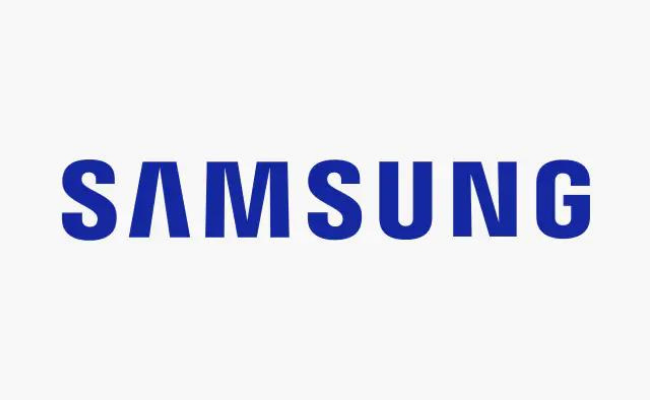
Photo Credit: samsung.com
The South Korean tech titan is no stranger to gamification in business. Specifically, its customer loyalty program Samsung Nation has game-like mechanics.
When someone registers their gadget on the Samsung homepage, they automatically qualify for a lottery system that gives them a chance to win Samsung goodies.
Moreover, the tech firm incentivizes community engagement. It rewards customers for leaving product reviews, joining question & answer threads, and watching videos.
Those folks win badges as they climb various stages of the program. Samsung gained 66% more organic traffic, 30% more comments, and a 500% increase in product reviews!
Deloitte Leadership Academy

Photo Credit: www.3blmedia.com
The DLA encountered an issue when it launched a leadership training program for senior executives. It needed a way to motivate these professionals to begin and finish the curriculum.
In response, Deloitte applied gamification to the leadership course. The educational institute introduced leaderboards, status symbols, and badges that increased engagement among the executives.
Deloitte Leadership Academy found the completion time for the new course fell by 50%. Moreover, the incentives increased the number of people returning to the program by 47%.
Microsoft
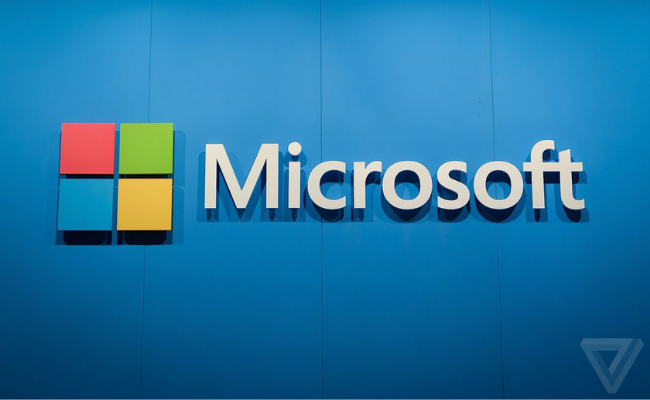
Photo Credit: www.theverge.com
It is not surprising to see the global innovation leader implement gamification in business. Microsoft implemented this strategy when it needed to expedite language localization for its wide range of products.
The tech company created a “Language Quality” game as a solution. The game allowed Microsoft employees worldwide to check screens for language accuracy.
It further boosted employee engagement by adding intentionally incorrect translations into the game. In response, 4,500 users reviewed 500,000 screens and made revisions based on their native dialects.
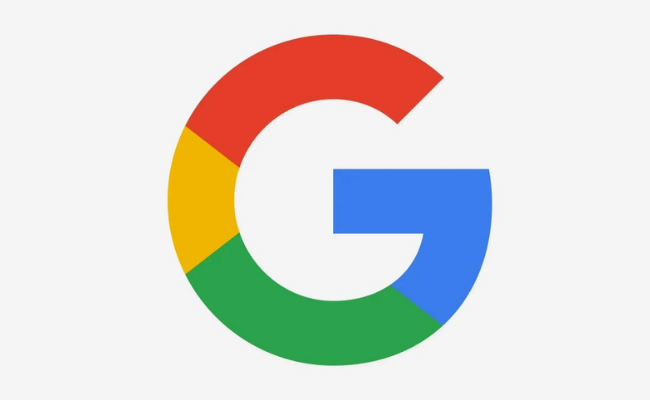
Photo Credit: blog.hubspot.com
Of course, we cannot forget Google in this gamification list. The king of search engines even applied the strategy for an unexpected purpose: travel expense submissions.
It needed a way to encourage employees to submit their travel expense reports on time. That is why Google added gamification elements to this seemingly mundane process.
The upgrade enabled employees to choose how to allocate their leftover travel allowance. They could add the amount to the next paycheck, save it for the next trip, or donate the money to their preferred charity.
As a result, the employee compliance rate reached 100%. Now that is how you drive engagement!
Duolingo
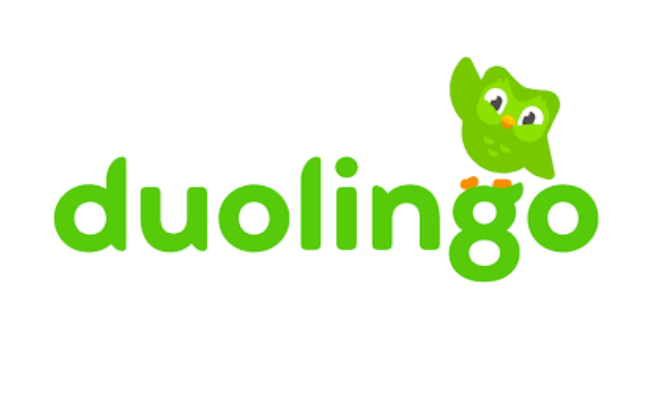
Photo Credit: design.duolingo.com
A company could adopt gamification as a significant part of its process instead of relegating it to mundane tasks. The language lesson app Duolingo is an excellent example.
Try to learn a new language, and you will know how much time and effort it requires. Duolingo used gamification to turn it into an engaging experience.
It gives users a set of goals every day. In turn, people had a reason to open the app and keep on learning their preferred language. Also, it encourages them to absorb what they have learned.
As they keep on answering questions correctly, they build a longer streak that appears on their account. Eventually, users craft an impressive profile that serves as positive feedback.
Nike+ Run Club
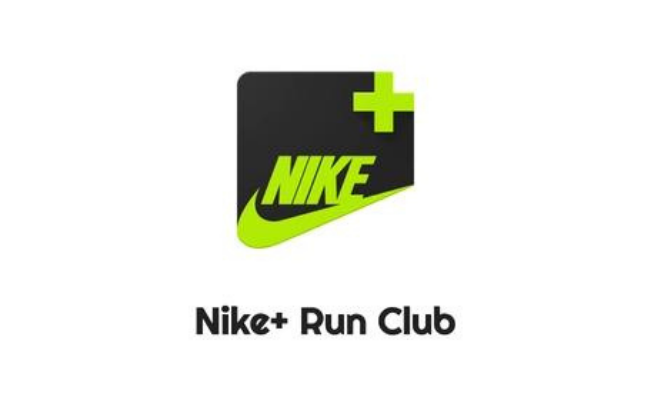
Photo Credit: dribbble.com
The global fitness brand has been making strides in digitalization. Nike recently launched a metaverse platform called Nikeland to form a new online community.
What’s more, it is also one of the best gamification examples right now. Like Duolingo, it introduced leaderboards, badges, trophies, and challenges into its Nike+ Run Club.
These allowed members to compete against fellow athletes worldwide. Nike is a fitness brand, so it knows that tapping into the competitive urges of its clients will increase engagement in the online club.
Strava
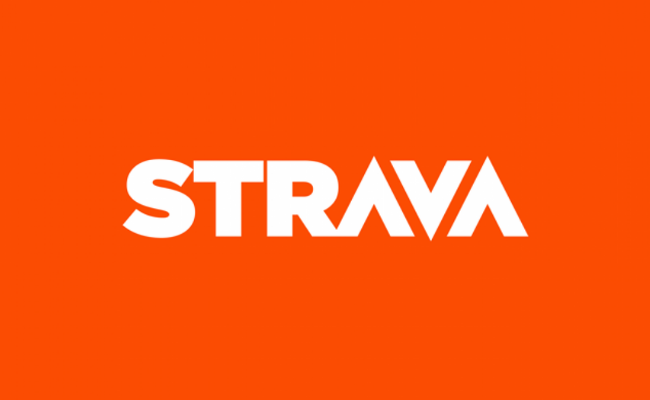
Photo Credit: road.cc
Speaking of fitness apps, Strava also uses a gamified approach to keep users engaged. It is a mobile app that helps cyclists track their daily routes.
Its GPS tracking maps where a user has pedaled. The app also shows how far and how fast you traveled. The best users appear on Strava’s leaderboard.
Strava also lets users post their new route and progress on social media. As a result, its gamification features promote social interaction and engagement levels.
Parts of gamification strategies
You might have noticed that these examples use digital tools and features. That is because more people spend several hours a day on online technologies.
What’s more, modern business tools allow for real-time feedback for you and your employees. As a result, gamification in the workplace could become more intuitive with the help of gaming mechanics.
Video games belong to those innovations, so modern gamification uses more gaming mechanics. Here are the features that typically appear in this type of strategy:
- Experience points represent a video game character’s progress. These represent learners’ skills over their training materials or real-life learning sessions. Learning apps use this mechanic to illustrate how close users are to completing courses.
- Badges or achievements indicate that a user has performed a specific action, such as having the most points on a leaderboard. They appear as icons on a user’s profile so that other users can see them. As a result, gamification promotes user engagement and competition.
- Leaderboards rank users based on their performance in various activities. You could implement a ranking system that highlights the best members. Encourage participation and engagement by offering rewards to the top ten.
- Levels indicate how much a player has achieved in a video game. On the other hand, gamification in the workplace could implement this element in training courses. Apps like Duolingo use this element to provide immediate feedback on how well users are doing in learning a language.
- Progress bars show much progress you will need before you reach a level or earn an achievement. They may also visually represent experience points, making it easier for users to gauge their progress.
Implementing a gamification strategy
Applying gamification to the workplace means implementing the mechanics we have discussed. The way you will do so depends on your business goals.
That is why you should begin by determining those objectives. Ask yourself what you want gamification to do for your business. For example, let us say you want to spur your sales teams into improving their work.
You may set up leaderboards that rank the teams that attract the highest number of customers. Those in the top ten will earn rewards like a salary bonus.
Ways to gamify your company

These mechanics mentioned earlier allow gamification in the workplace to become highly versatile. Once you determine your objectives, you could implement them similar to the following examples:
- As mentioned multiple times, you could gamify training courses to increase participation. Gamification can also help boost engagement in onboarding sessions to enhance the work performance of new employees.
- Gamification in the workplace could spur healthy competition among co-workers to boost productivity. Alternatively, gamification can promote customer loyalty by offering rewards. For example, you could host limited-time events to encourage clients to buy more products, such as loyalty card promos.
- Modern video games often tell a story, and you may do the same for your company. You could describe the roles of sales team members via storytelling. They will have a better understanding of how to perform their tasks.
Jot down a list of how gamification could help your company achieve its goals. You could refer to the list above for inspiration. After determining the potential goals, it is time to figure out the tools and services you need.
Find or make the right tools and services.
Tech firms like Facebook and Google have the necessary capital and skills to create proprietary hardware and software. Fortunately, small companies can still adopt gamification.
For example, you could pay for services like Spinify and SaleScreen. These services provide managers with tools to engage and reward employees via gamification.
Your team leaders could create games for team tasks so that employees have an intuitive way to monitor progress. These apps show how well they are doing via progress bars and leaderboards.
What’s more, these companies have 24/7 customer service. Their staff will help you figure out how their services can enhance internal communication and boost key metrics for your business.
Still, you must know what you want from gamification beforehand. Determine your goals and identify the essential tools and skills, and this strategy will help you attract new customers and engage employees.
Virtual reality and gamification
The modern workplace has gone through many changes over a few years. For example, remote work rose from a niche employment method to a mainstream option.
We have also seen blockchain technology and cryptocurrency in business sectors. More importantly, Mark Zuckerberg teased a new virtual reality project.
He announced Project Cambria, a new headset for the workplace. Zuckerberg says it would seamlessly blend the physical world and virtual reality.
The Meta CEO also mentioned creating an eye and face tracking system that will allow your VR avatar to make eye contact and facial movements. Why place special mention for VR technology?
Virtual reality innovation also drives the future of gamification. VR tools and services allow users to experience a real-life scenario while avoiding real-life consequences.
This feature is especially crucial for critical jobs. They could play a game that accurately simulates their roles before entering the field. Let us look at the airline business applying VR tech.
Pilots-in-training could familiarize themselves with controlling aircraft without risking an accident. As a result, the industry reduces potential flight mishaps.
This feature could help them avoid breaking expensive planes and endangering recruits. The training simulation could work as a video game.
It could reward employees who do well with badges and achievements. They would also estimate how well they are doing with progress bars.
What’s more, VR could apply gamification for remote work. It could facilitate onboarding and training for international staff without flying to their location.
Read More: Upgrading Your Business With Digitalization
The benefits of gamification outweigh its flaws.
As a business owner, you understand that everything has trade-offs. The positive impact of gamification may come with a few issues.
You cannot make an informed decision without understanding the upsides and downsides of every option. That is why we will elaborate on the potential problems with gamification:
- The strategy costs money. Either you will spend money on developing proprietary gamification tools and services or pay another company to provide them.
- The games have limited uses, and they could quickly become outdated. There is no reason to redo it once you finish a simulation. Your gamification strategy will also need to adapt to your ever-shifting industry.
- Poor gamification could become counterproductive. Employees might focus too much on the games, neglecting their real-life duties.
- The strategy may not apply to particular fields. The technologies still have their limitations, but various advancements are opening more possibilities for gamification.
Note that gamification is a growing trend across multiple industries. Companies cannot delay adapting this novel strategy. In other words, you risk falling behind the competition.
What’s more, any strategy can have similar flaws if done poorly. For example, social media marketing can backfire if your posts trigger a negative response among potential clients.
You need to hire the right social media assistant for this strategy. Similarly, you must design and implement gamification properly to ensure success.
The agencies mentioned earlier could facilitate adopting gamification in the workplace. Nowadays, the internet provides myriad options that could suit your specific needs.
Conclusion
Gamification is a trending business strategy in various industries. It can spark helpful competition among employees with a wide range of features, such as rewards and leaderboards.
Also, gamification can facilitate attracting more potential clients to your company. It could direct customers into performing specific actions for generating leads and sales.
Digital marketing has numerous parts, and gamification is just one of them. Ensure business success with the best agencies like LeadAdvisors. Click here to see how it can boost your brand’s online capabilities.
Frequently asked questions
What is a gamification strategy?
A gamification strategy applies game rules and mechanics to non-gaming environments. Specifically, it can bring various business benefits by attracting customers and engaging employees.
Why do businesses use gamification?
It can be a powerful and robust way to boost success in onboarding and training employees. For example, gamifying progress for a project could enhance a marketing team’s success.
What are some examples of gamification?
Loyalty programs are a simple example of this strategy for customers. You could also apply the technique to employees via learning courses and progress badges.
How do I gamify my workplace?
Start by figuring out why you want to gamify your company. Then, explore appropriate methods that align with your objectives. After that, look for agencies that can provide them or create them yourself.
What is the future of gamification?
Virtual reality will soon change the way people gamify industries. For example, it could simulate real-life environments to facilitate training new employees.

